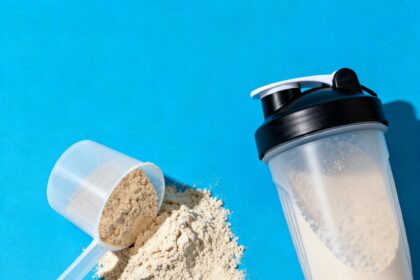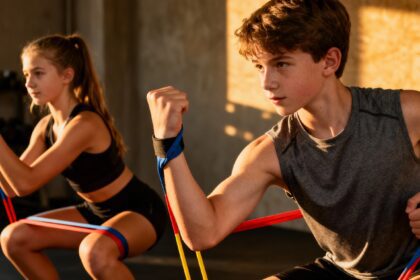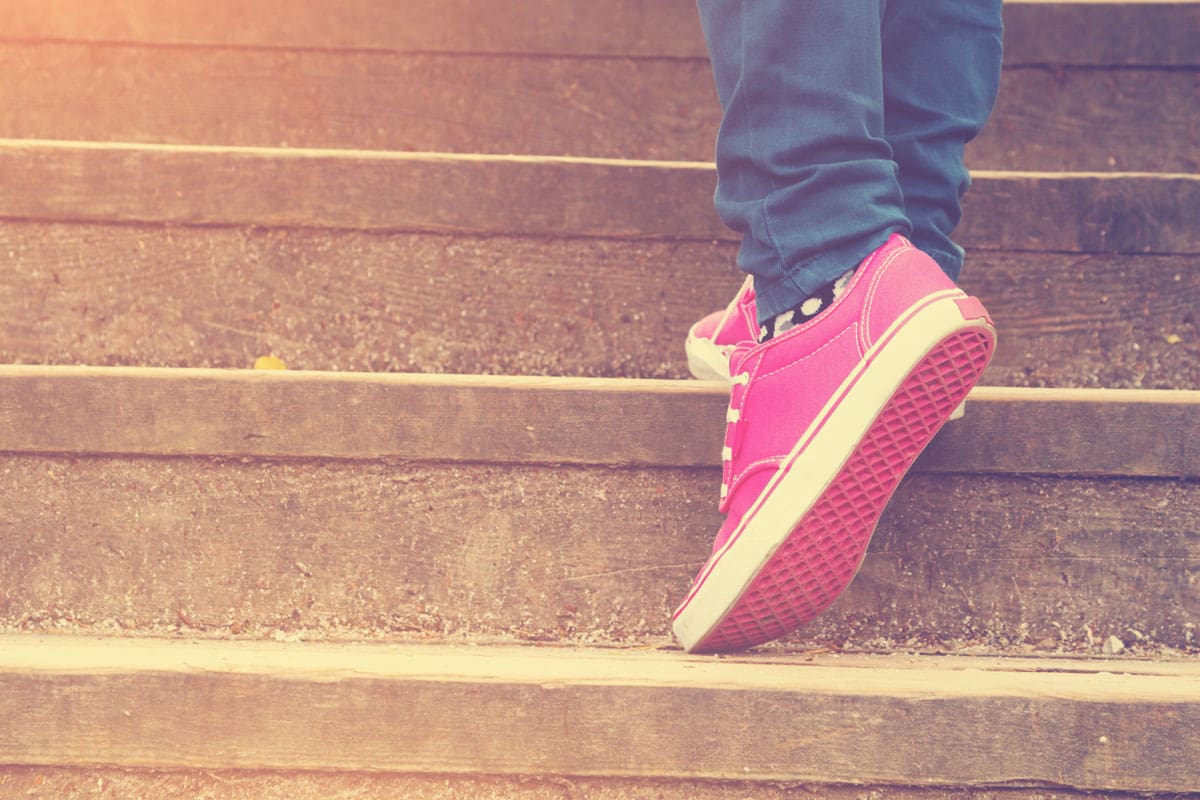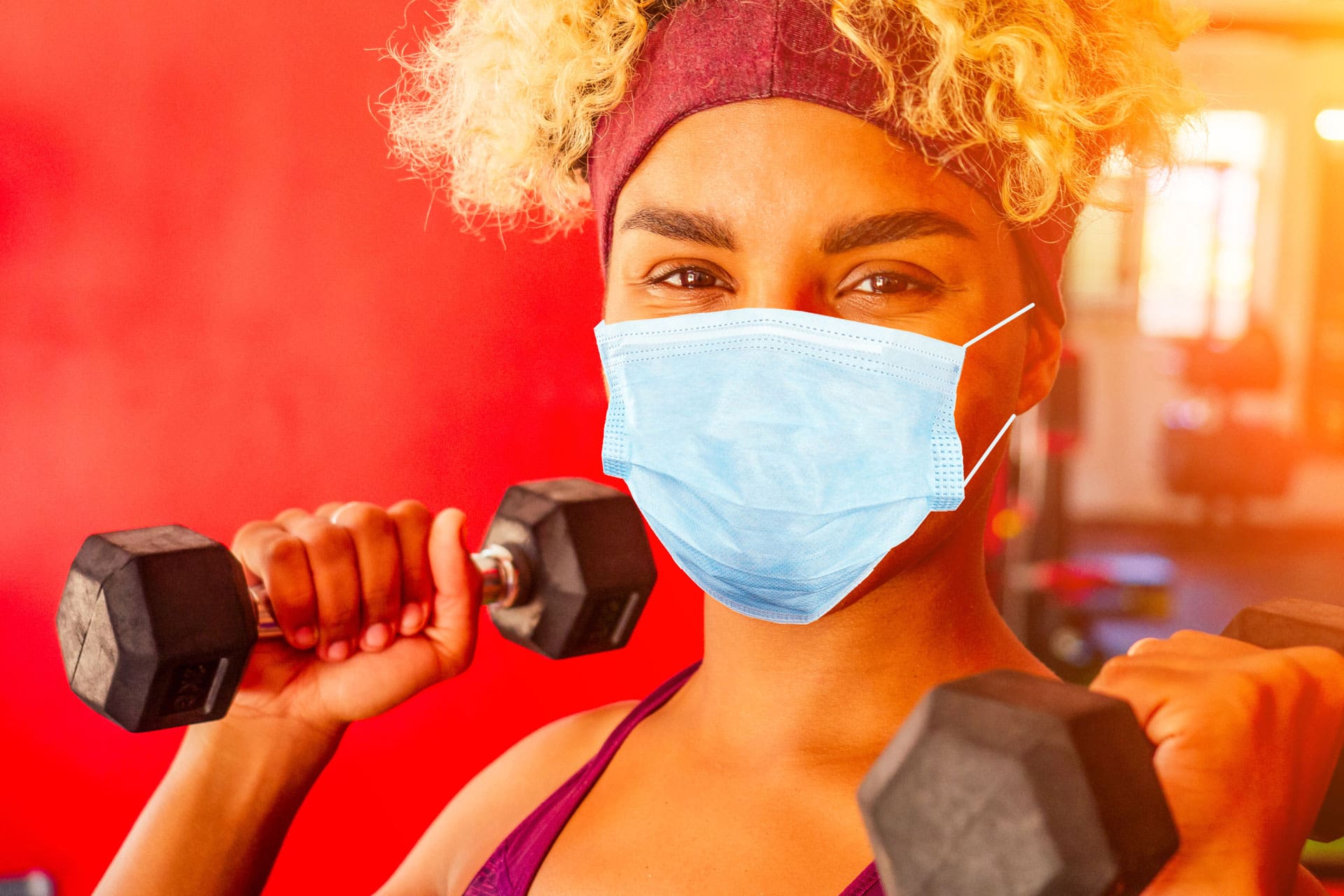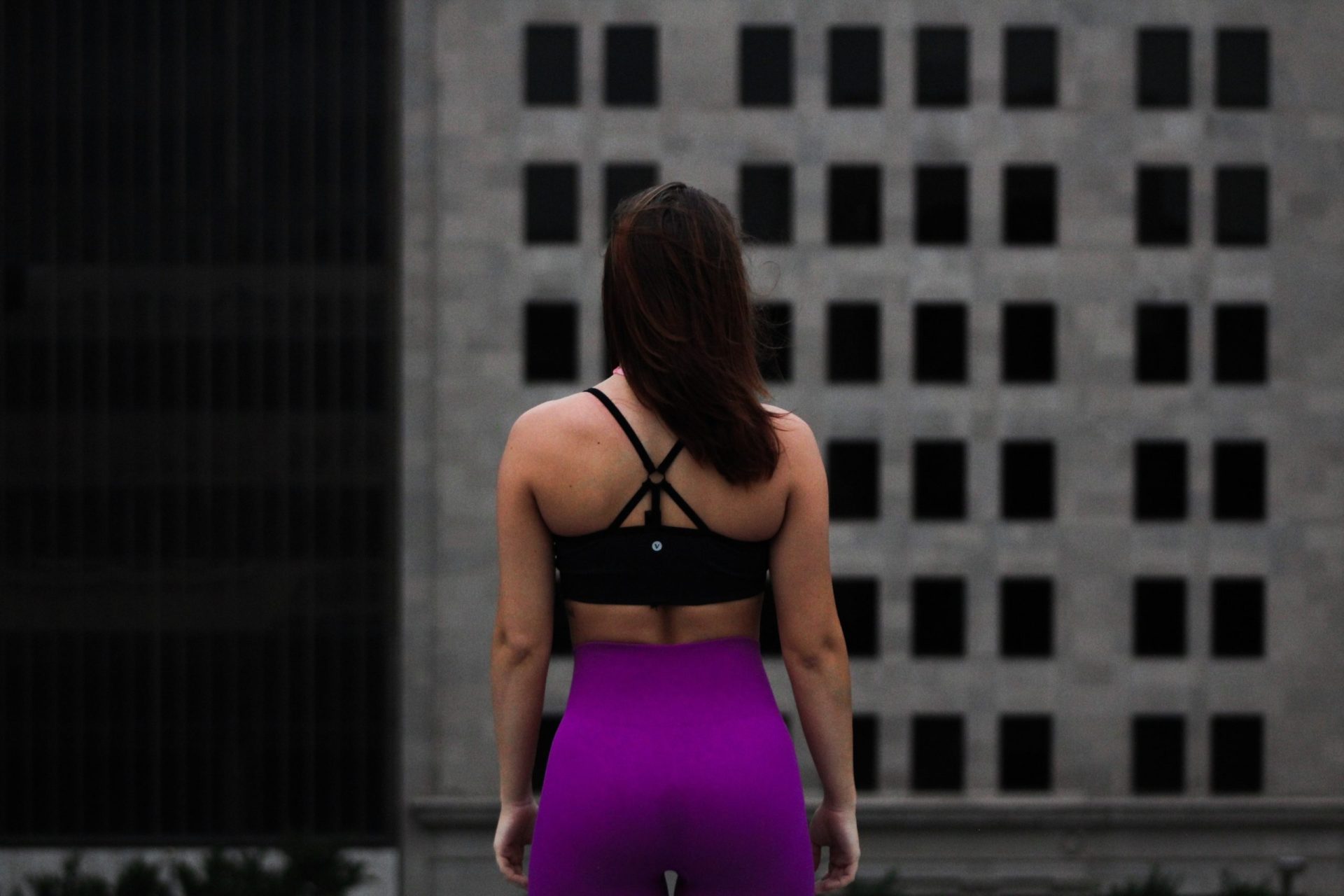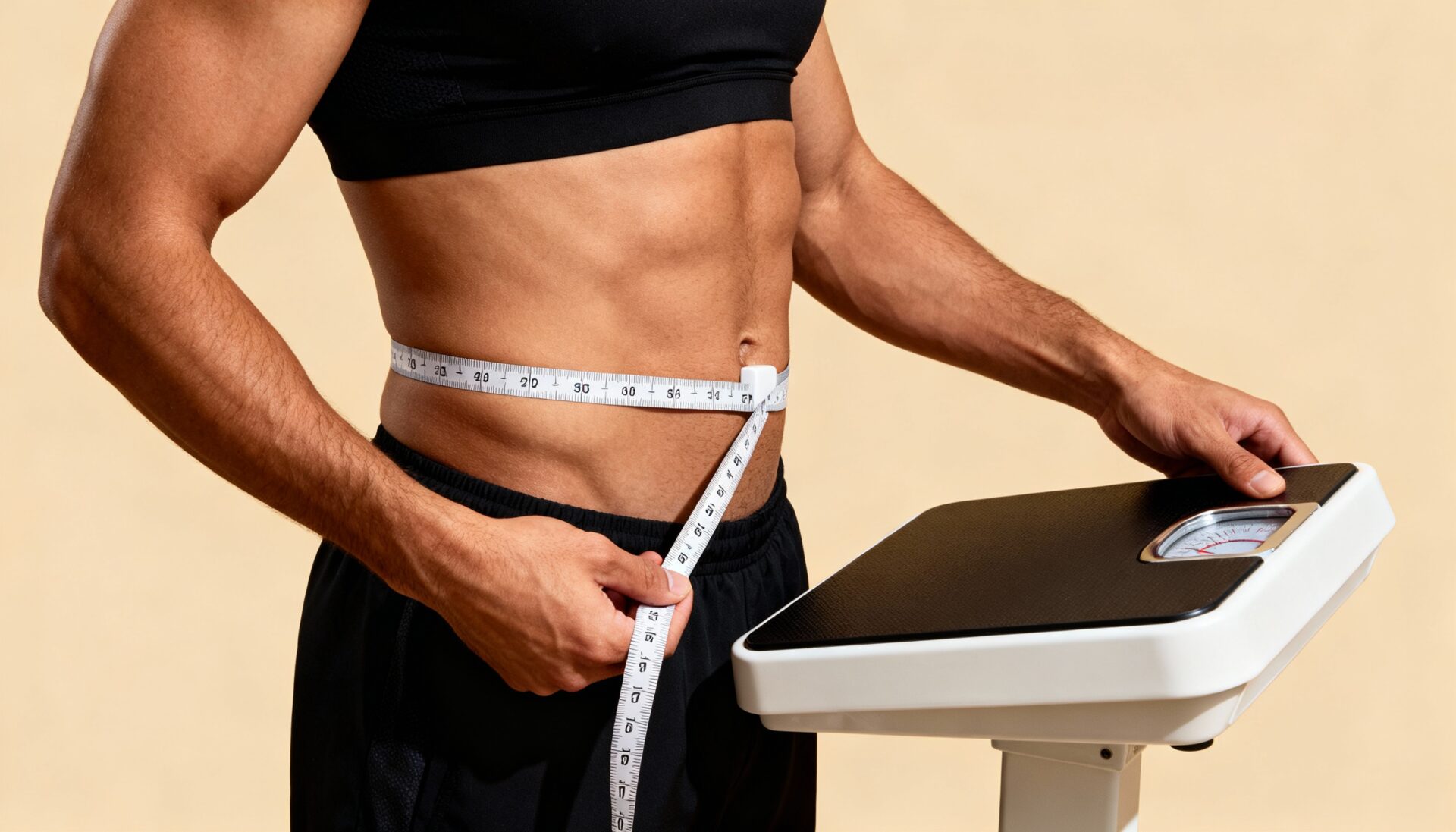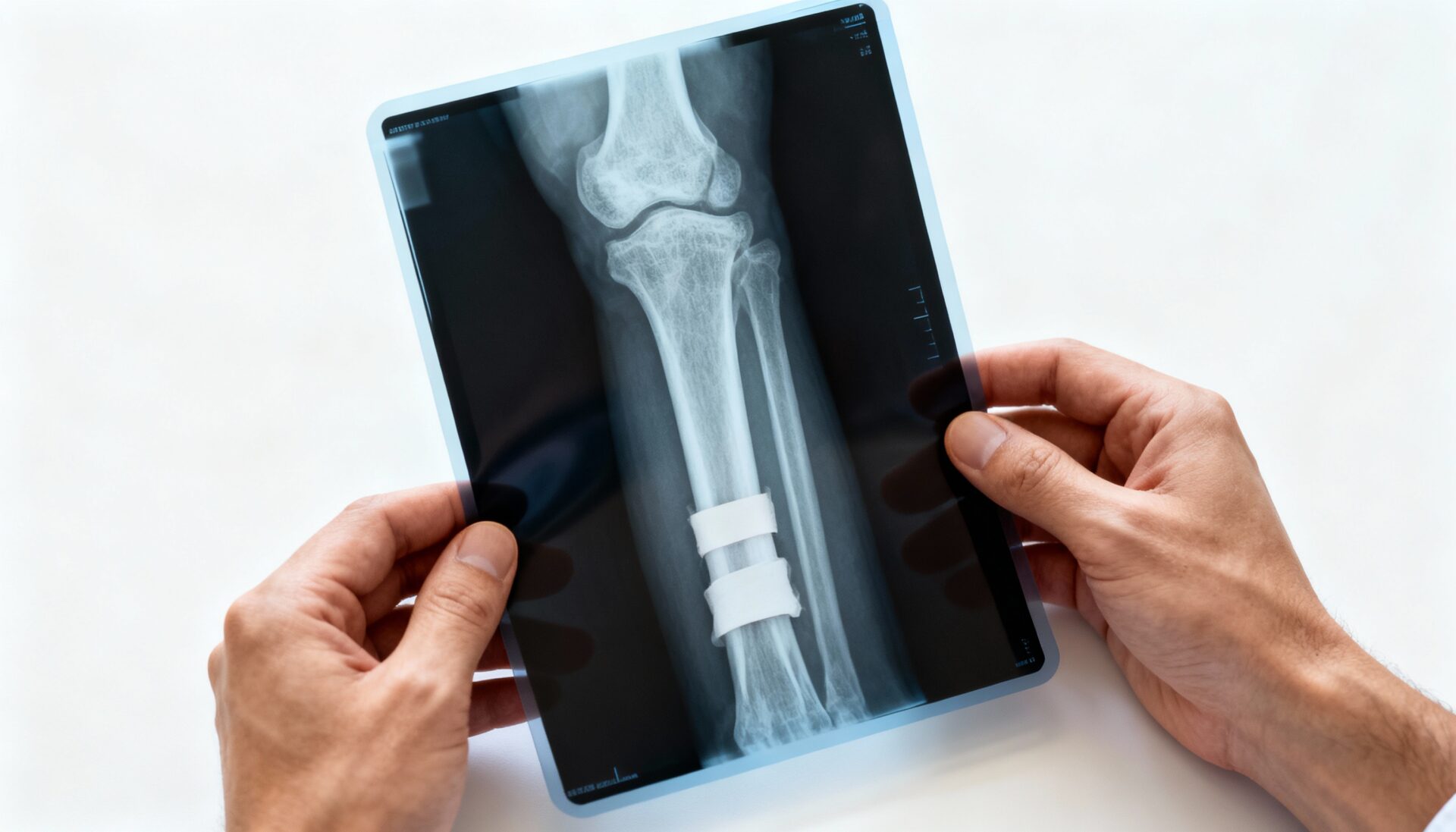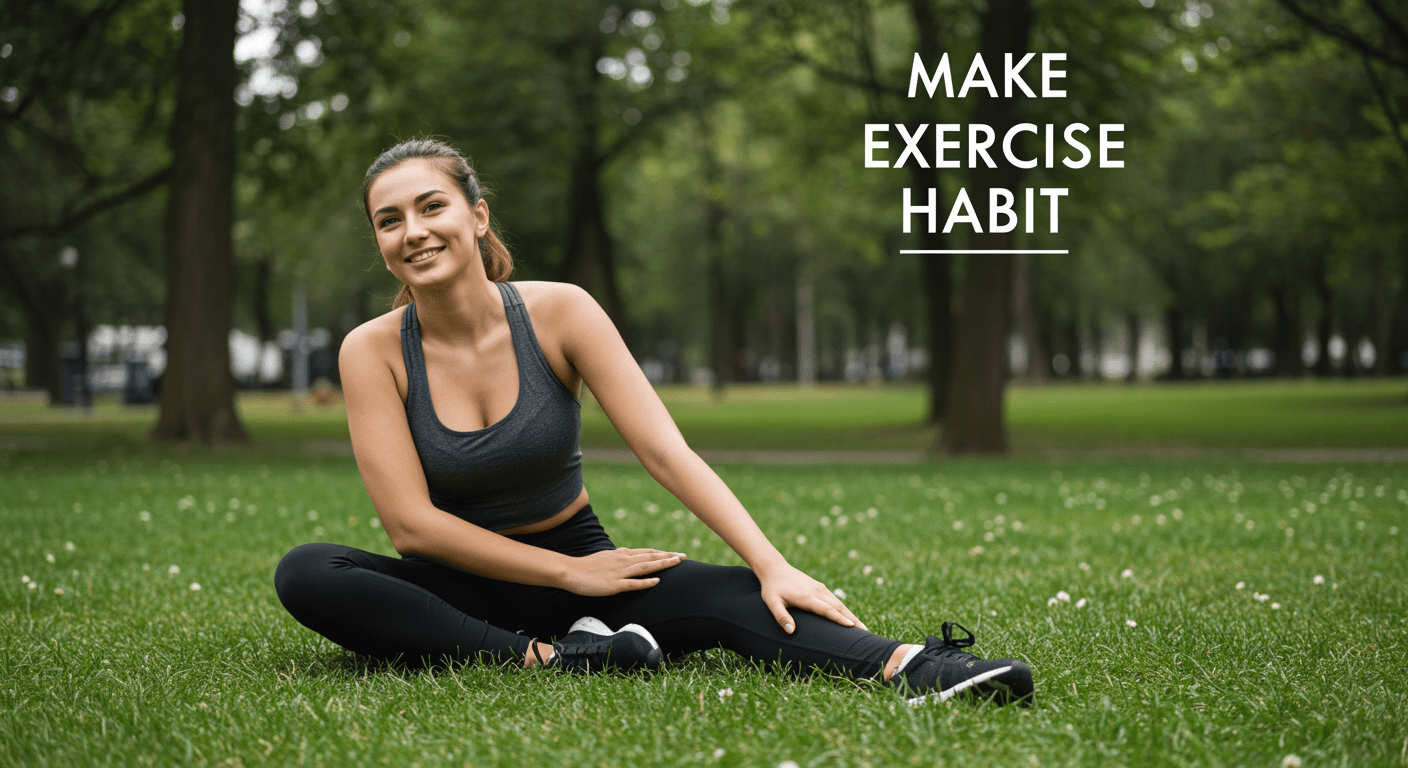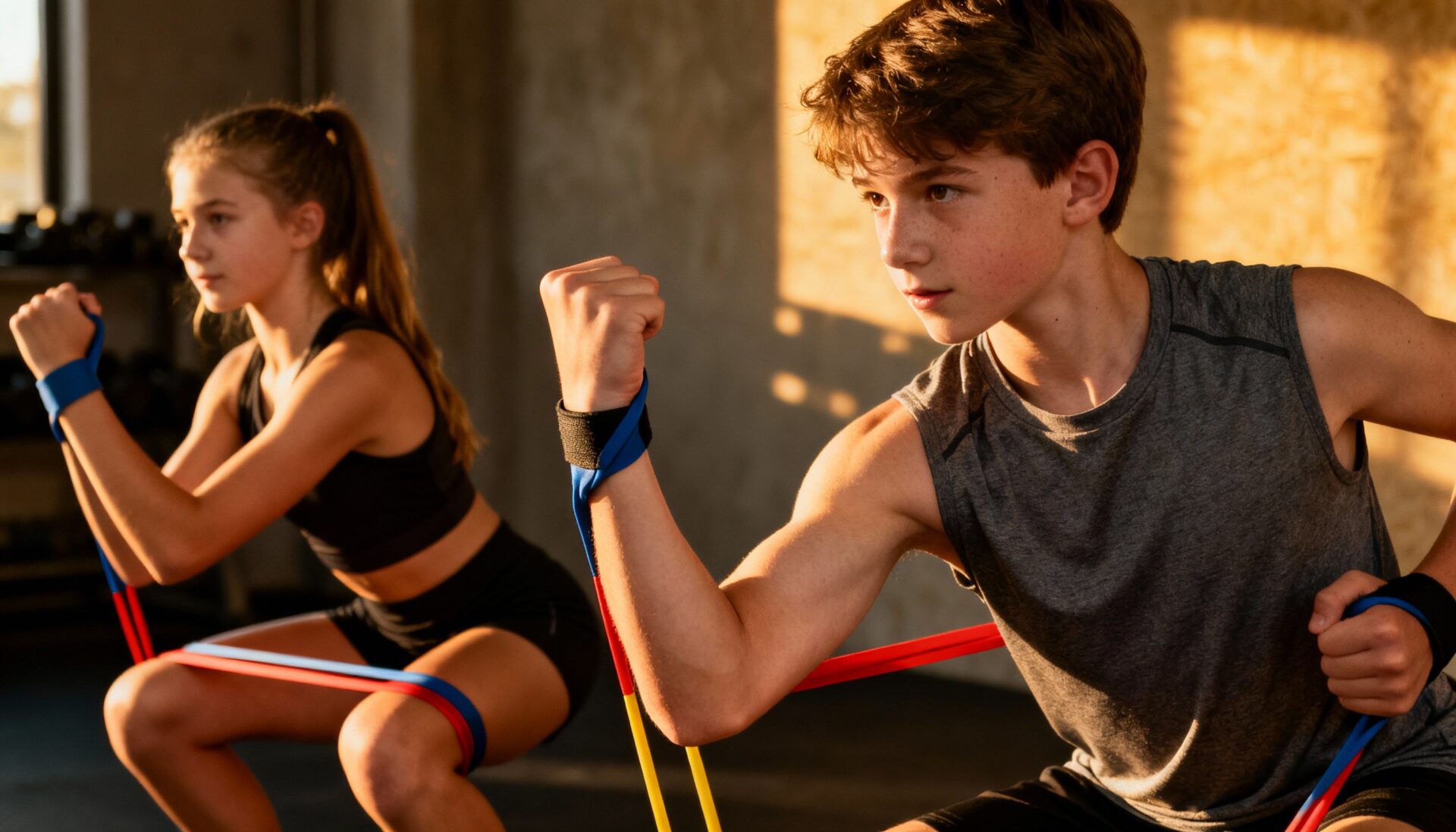By Muscle Media
Because of the popularity of physical exercises, the importance of warming up before any strenuous activity should be addressed. Not knowing the consequences, some people ignore going through a proper warm up before working out.
Changes
When warming up, several changes take place in the body. Your respiratory rate, blood flow, oxygen and nutrient levels delivered to the cells all increase. The rate of increase should be regulated at a controlled rate to prepare the body for the demands of physical exercise. If you avoid this priming procedure, the body will function less efficiently. You’ll produce fewer quality results. Warming up prepares the nervous system and loosens joints and muscles to make them less prone to injury. Warming up also heightens mental awareness and alertness. Warm up increases the fluid located in the joints, minimizing wear and tear. It gives the heart a suitable period to adjust and pump more blood and nutrients into muscles. This is especially important for older people. As we age, tissues tend to become less supple because the joints have less fluid. A sudden onset of exercise may result in heart attacks for older people not properly warmed up.
Procedure
 To warm up properly usually involves any procedure that requires the heart to beat faster. You can simply walk and jog. If cardiovascular equipment such as rowing machine or a bicycle is available, it can be used. Start at a gentle pace. Then, slowly increase the pace until your heart rate and your body temperature rise. The pace should be in accordance to your current fitness level. The warm up should leave you energized and not exhausted.
To warm up properly usually involves any procedure that requires the heart to beat faster. You can simply walk and jog. If cardiovascular equipment such as rowing machine or a bicycle is available, it can be used. Start at a gentle pace. Then, slowly increase the pace until your heart rate and your body temperature rise. The pace should be in accordance to your current fitness level. The warm up should leave you energized and not exhausted.
Stretch
After working up a light sweat you should do some dynamic stretching. This should take about 3-5 minutes or longer if you’re working out in a cold environment. Stretching helps in developing overall flexibility, particularly in the spine, shoulder, and hips. The kind of stretching depends on the type of activity you’re planning. For instance, if you’re about to play sports, the recommended stretching would mimic the movements on the court or field. If you’re about to practice martial arts, simply perform light sparring at quarter speed, or movements in slow motion. Be sure that the major muscles groups are stretched for 8-10 seconds. Remember to keep your feet moving or do leg exercises while stretching to keep prevent blood from pooling in the legs. Remember, you should only stretch if the muscles are already warmed up. Do not bounce while stretching. It may lead to a reflexive contraction and in a muscle tear or pull.
Weight
For weight-lifters, after the initial warm up, load the bar with about 50% of the heaviest weight for the session. Perform the number of repetitions that will be lifted for your heavy sets. For the second set, the weight should be increased to 70%, then eventually to 90%, while decreasing to 2-3 repetitions. Afterwards, rest for about 30 seconds, then repeat the series. After this warm up, you can now proceed to the heavy lifting. There is an advantage of doing this. The heavy sets will feel less daunting and can be performed with less stress and risk of injury.
Cool Down
After warming up and proceeding through the main workout, it is equally important to cool down. So, cooling down should have the same importance as warming up. Don’t start or stop exercise too suddenly. Maximize your workouts, but also stay safe and healthy.






